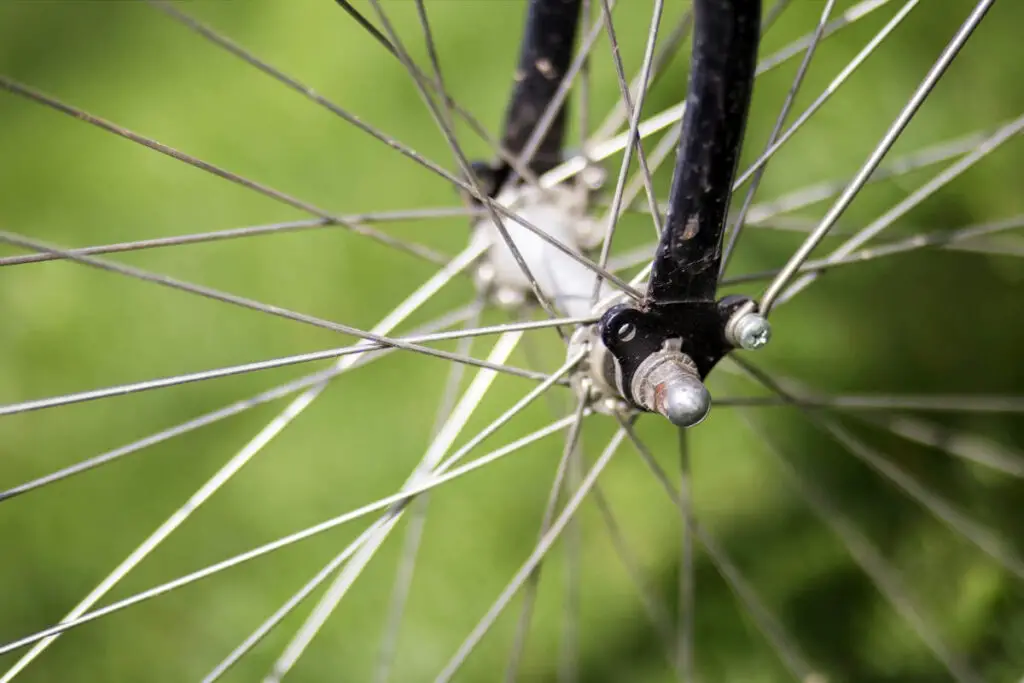A freewheel or a freehub is the decision you have to make if you are among people who like to take a break from pedaling once in a while during bike rides and coast along.
Modern multi-speed bikes will come with pedaling mechanisms, which is a huge determinant in allowing bikers to cruise down a hill and spend a little time on a stretch of road without moving with the wheels.
To identify the main difference between Freewheel and Freehub, there is a need to understand the inner workings of these mechanisms that allow us to coast while cycling.
In the rest of this article, we will place both mechanisms side by side for a constructive comparison.
Advertising links are marked with *. We receive a small commission on sales, nothing changes for you.
What is the Difference between Freewheel vs. Freehub: What are the differences?

The major difference that makes a freewheel system not the same as a freehub system is the location of the coasting mechanism, approach to installation, and perhaps, the type of Multi-speed bikes they are individually integrated into.
Nevertheless, the significant difference between these rear sprockets lies in the position of the bike’s coasting mechanism.
For instance, the coasting mechanism on a Freewheel is built into the gears or cogs. In other words, we have the coasting mechanism inside the composition, so we refer to the entire gear cluster when we say “Freewheel.”
On the other hand, in the freehub system, the gear cluster is a unit with non-moving parts, and we call it the “cassette”. Unlike the Freewheel system, the coasting mechanism here is a sub-assembly of the wheel’s hub.
The cassette is secured onto the right-hand side of the wheel’s hub body by a cassette lockring and held in that position using several ridges and splines.
How do I know if I have a freewheel or freehub?
The best way to determine whether you have a Freewheel or Freehub system in your bike is to first locate the tool fitting on the sprocket set.
Once this has been identified, roll the sprockets backward. The fittings will spin with the cogs if your bike has the freehub system. If the fitting does not spin with the cogs, your bike is designed with a freewheel system.
This difference also extends to the approach to installation, as mentioned earlier. You don’t need any tools when installing a freewheel system on bikes as your fingers could do all the screwing just as with screwing another kind of lids.
Which is better, freewheel or cassette?
There is a huge controversy on popular biking forums about whether freewheel is better than cassette. Remember, we have established that freehub can be called “cassette,” given that a gear cluster is a unit with non-moving parts.
The argument that freewheel is better than cassette is entirely agreeable, especially when we consider casual riders who do not need a larger selection of gears than is attained in cassette because the former has a lower number of gears.
Another reason why freewheel would be considered better than cassette is because it’s much better coasting, as it allows you to rest your legs.
This is extremely helpful if pedaled correctly when you go up and come downhills.
Meanwhile, the leading edge that cassette hubs have over freewheel hubs is that the drive side bearings can be placed much closer to the dropout. With this, most 8/9 and 10-speed hubs will be dependable because the length of the unsupported axle is reduced.
Can I replace a freewheel with a freehub
Unfortunately, it is impossible to mount freewheel sprockets on a freehub. Similarly, you cannot attach freehub cassettes to a freewheel body.
To successfully make the replacement, you need a new rear hub. Expert advice that you get a whole new rear wheel. Alternatively, you could purchase a rear hub and spokes; then, you re-lace them to your current rim.
Can you put a cassette on a freewheel hub?
This is a twin frequently asked question of whether or not one can replace one pedal system with the other. To reiterate, it’s impossible to mount a freewheel on a cassette hub.
This is because, even though both operate with a threaded system, the shape of the freehub body is designed specifically for the cassette hub.
Conclusion
The location of the coasting mechanism clearly defines the sharp difference between the Freewheel and freehub system in every multi-speed bike out there.
Since the freewheel has fewer gears, it appeals more to casual riders, but the cassette is a dream to those who want a larger selection of gears. Perhaps, where we could then draw a line of similarity above other things mentioned in this article is the price of both systems. While it depends on quality, they’re not considered bank-breakers.

Hi dear visitor! I’m Sebastian, a bike maniac who loves to spend a lot of time on two wheels in nature (I love white chocolate, so I absolutely need a calorie-burning balance that’s fun to boot ). Blogging is my second great passion. That’s why cyclinghalloffame.com regularly features new bike-related content.
Advertising links are marked with *. We receive a small commission on sales, nothing changes for you.
